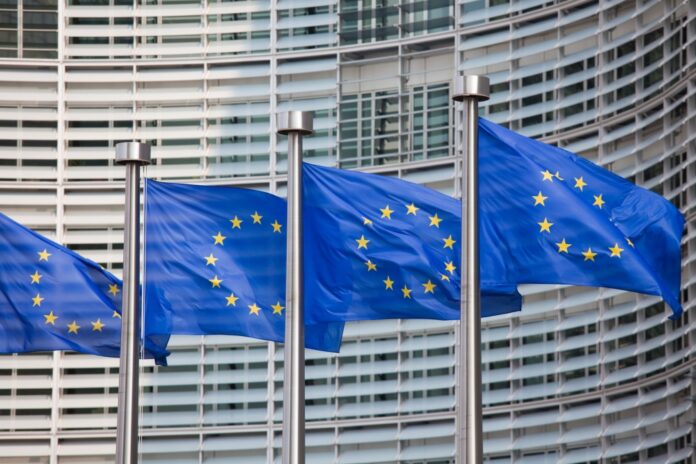Katarzyna Czapracka asks if the EU Court Judgment on CK Telecoms will turn the tide and result in reducing four mobile operators to three in some European markets?
The General Court’s judgment in CK Telecoms annulling the European Commission’s prohibition of the UK mobile merger raised interest beyond the Brussels competition bar, particularly with European telecom companies, who have long argued that the Commission has taken a far too strict stance on in-country market consolidation.
The UK merger involved the acquisition of Telefonica UK’s “O2” by Hutchison 3G UK’s Three (part of CK Telecoms), combining the respectively second- and fourth-largest operators. The merger would have reduced the number of mobile network operators (MNOs) in the UK market from four to three and the merged entity would have become the new leader on the retail market (with a share of about 40%).
Four to three
The UK decision followed a spate of four-to-three mobile mergers in which the Commission developed a toolbox to assess whether such transactions would lead to anticompetitive effects. The official message was that there is no “magic number” of MNOs, but the test applied to assess mobile mergers implied that the Commission would find issues in any four-to-three mobile merger. Indeed, it did so in all but one of the four-to-three mobile mergers reviewed in the past decade.
While the Commission’s assessment of four-to-three mobile mergers has been consistent, there has been a policy change in relation to remedies. Between 2012 and 2014, the Commission approved four-to-three mergers in Austria, Ireland and Germany on mobile virtual network operators (MVNO) remedies. Then the Commission grew increasingly wary about the effectiveness of MVNO remedies and demanded MNO remedies.
This led to blocking four-to-three deals in Denmark in 2015 and the UK in 2016. In 2016, the Commission approved a four-to-three deal in Italy only after the parties offered to divest assets to allow the entry of a new MNO.
While the Commission unconditionally cleared a four-to-three merger in the Netherlands in 2018, it took pains to stress that that was largely due to the very specific circumstances of that case. The target was a “flailing firm”, whose competiveness was likely deteriorate in the absence of the transaction, and the effects of the transaction were limited due to the relatively small combined share and the limited increment.
Two factors
In all mobile mergers, beyond the parties’ shares and market structure, the Commission focused on two factors: the closeness of competition and the competitive strength of the merging parties.
In the UK case, the Commission found that Three and O2 competed closely, both against each other and against the other MNOs. On appeal, Hutchison argued that the parties were not each other’s closest competitors, and their relative closeness was inconsequential since all UK MNOs were “close”.
The Commission also found that Three was an “important competitive force” because its market share and subscriber base had been growing, driven by a series of innovative new product launches and aggressive pricing. The Commission asserted that an “important competitive force” does not need to be a maverick or stand out from its peers. It suffices that it has more of an influence on competition than its market share would suggest.
On appeal, Hutchison challenged the Commission’s reasoning as lacking any limiting principles.
Accepting criticisms
The Court sided with these criticisms, noting that anti-competitive effects cannot be assumed merely on the basis that the market is concentrated and the transaction would reduce the number of competitors from four to three. The Court reasoned that to consider Three an “important competitive force”, the Commission would have to show that Three would “stand out” from competitors.
It noted that the increase in Three’s market share was moderate, and the disruptive role it had historically played on the market was insufficient to find that Three would be an important competitive force in the future. The Court further held that even though all UK mobile operators were relatively close competitors, this general closeness was insufficient to infer that the transaction was anti-competitive. Overall, the judgment significantly raises the threshold for the Commission to challenge a four-to-three mobile merger.
Deeply suspicious
That said, the Commission remains deeply suspicious of four-to-three mobile mergers and appealed the judgment. High-ranking Commission officials made clear that there will be no revolution in the assessment of mobile mergers: all such deals will continue to face close scrutiny.
Moreover, CK Telecoms does not address remedies, the key topic for parties in potentially contentious merger cases. In that regard, the Commission’s preference for structural (MNO) remedies will likely persist.
On a positive note, the Commission could be expected to engage more closely with the evidence submitted by the parties. Further, the unconditional clearance in the Dutch case shows that the Commission could be open to clearing a four-to-three merger where there are specific market circumstances that limit the potential harm and where there is a strong pro-competitive rationale.
Katarzyna Czapracka is a partner at White & Case and has advised clients in relation to four to three mobile mergers in Denmark and the Netherlands. Any views expressed in this publication are strictly those of the author and should not be attributed in any way to White & Case LLP.



